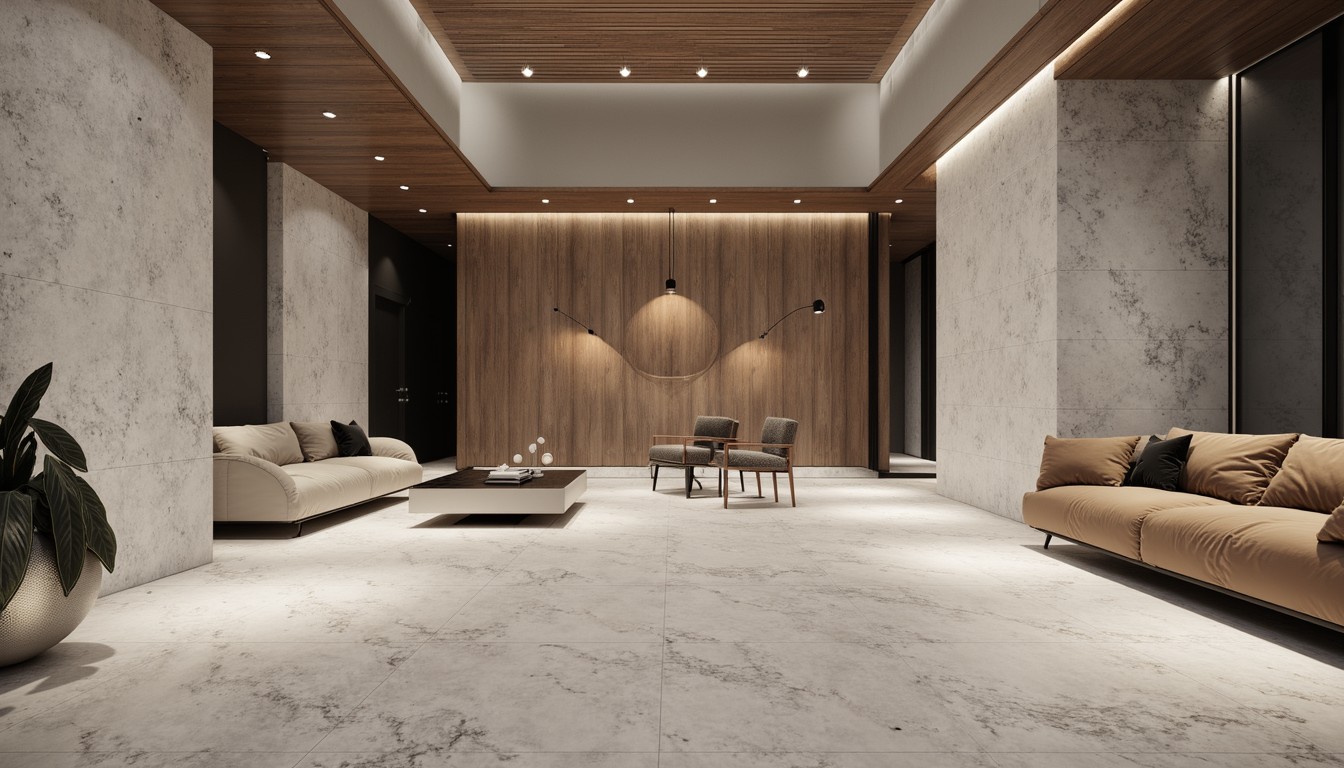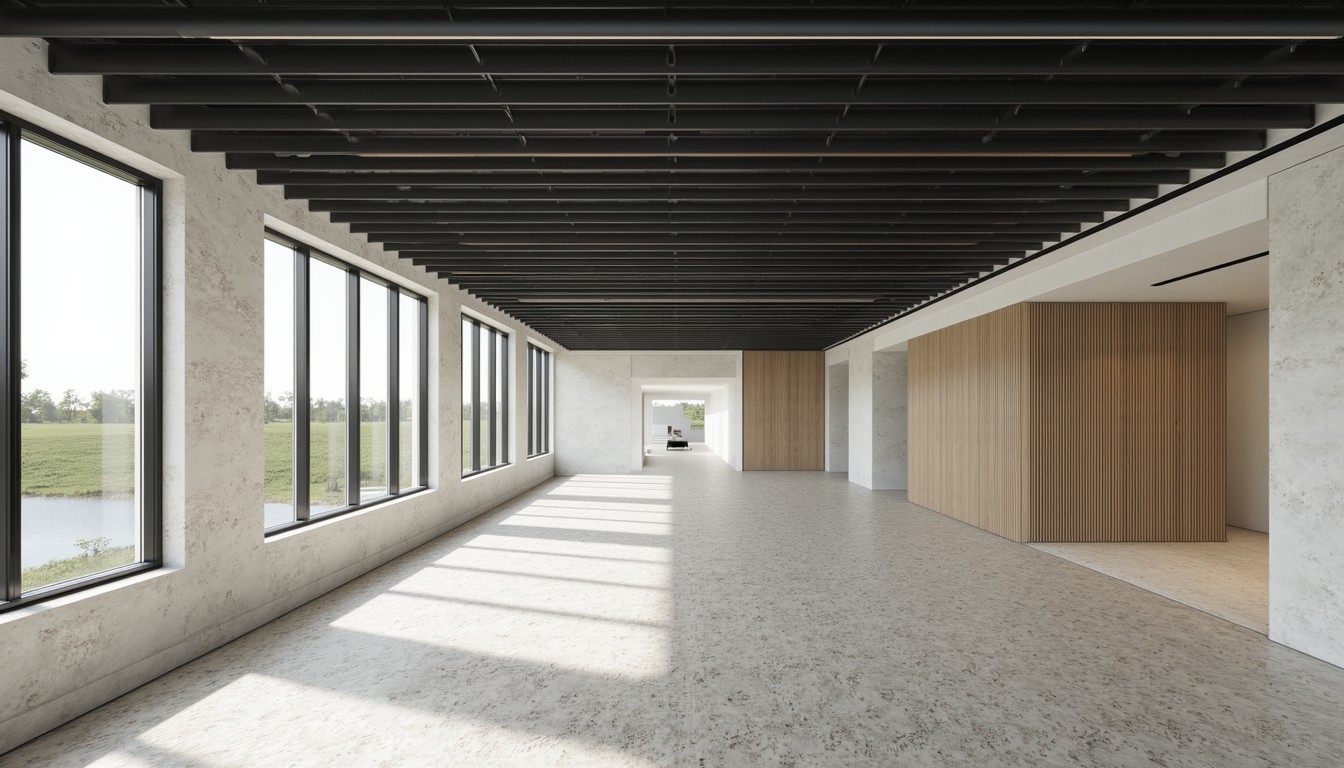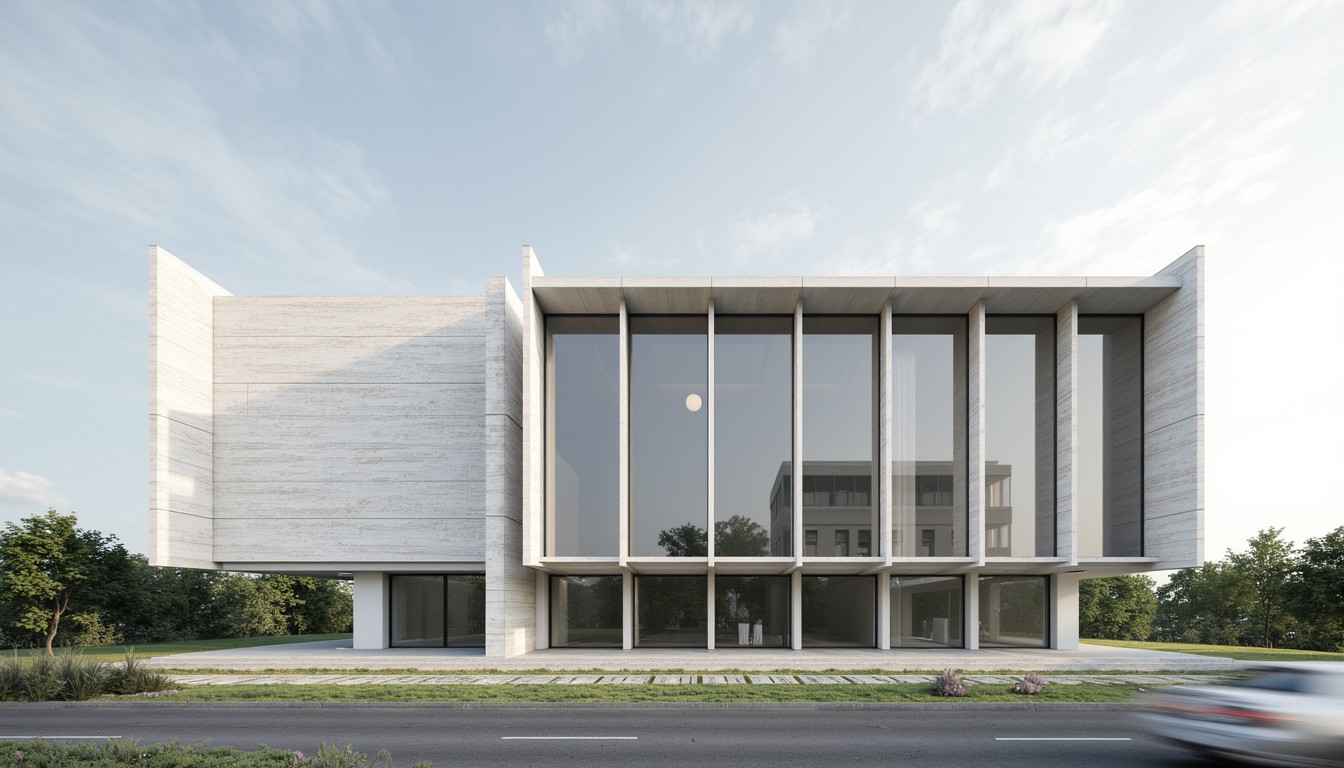3D Printing in Construction: Building the Future
The construction industry, traditionally slow to adopt new technologies, is undergoing a dramatic transformation thanks to the rise of 3D printing. This innovative technology is no longer a futuristic fantasy; it's rapidly becoming a practical and impactful solution for building everything from single-family homes to complex infrastructure projects. This article explores the exciting possibilities and practical applications of 3D printing in construction, highlighting its potential to reshape the built environment.
The Rise of Additive Manufacturing in Construction

Additive manufacturing, or 3D printing, in construction involves depositing layers of material – often concrete, but also including other materials like polymers and composites – to create three-dimensional structures. This contrasts sharply with traditional subtractive methods, where material is removed to form the desired shape. The advantages of this additive approach are numerous, leading to increased efficiency, reduced waste, and enhanced design flexibility.
Advantages of 3D Printed Construction:
- Increased Speed and Efficiency: 3D printing can significantly accelerate construction timelines. Automated processes minimize labor-intensive tasks, leading to faster project completion.
- Reduced Waste and Material Costs: Unlike traditional methods, 3D printing uses only the necessary material, minimizing waste and lowering material costs. This aligns perfectly with sustainable building practices.
- Enhanced Design Flexibility: 3D printing allows for intricate and complex designs that would be impossible or prohibitively expensive to achieve with conventional methods. Architects can explore previously unimaginable forms and geometries.
- Improved Precision and Accuracy: The automated nature of 3D printing ensures high precision and accuracy in the construction process, leading to fewer errors and defects.
- On-site Construction: 3D printers can be deployed directly on construction sites, reducing transportation costs and logistical challenges.
- Sustainable Building Practices: The reduction in waste and the potential use of sustainable materials make 3D printing a greener construction method.
Real-World Applications of 3D Printing in Construction

The applications of 3D printing in construction are expanding rapidly. Here are some notable examples:
Residential Construction:
3D printing is proving increasingly viable for constructing entire homes. Companies are successfully building single-family homes and apartment complexes using this technology, demonstrating its scalability and potential for mass housing solutions. This offers the potential to address the global housing shortage by providing affordable and efficiently built homes.
Infrastructure Projects:
Beyond residential applications, 3D printing is being used to create complex infrastructure elements, such as bridges, retaining walls, and even entire buildings. The ability to create intricate and customized designs makes it ideal for projects requiring unique structural solutions.
Architectural Design and Prototyping:
Architects are using 3D printing to create detailed models and prototypes of their designs, enabling them to visualize and refine their work before construction begins. This allows for early detection of potential issues and iterative design improvements.
Disaster Relief and Emergency Housing:
The speed and efficiency of 3D printing make it a valuable tool for disaster relief efforts. It can be used to quickly construct temporary shelters and emergency housing in the aftermath of natural disasters.
Challenges and Future Trends

Despite its many advantages, 3D printing in construction faces some challenges. These include:
- Material limitations: The range of printable materials is still somewhat limited, although this is constantly expanding.
- Scalability and cost-effectiveness: While the technology is becoming more cost-effective, it remains more expensive than traditional methods in some cases.
- Regulation and standardization: The lack of standardized regulations and building codes for 3D-printed structures can create hurdles for widespread adoption.
- Skilled labor: Operating and maintaining 3D printing equipment requires specialized skills and training.
However, ongoing research and development are addressing these challenges. Future trends include the development of new materials, improved printing speeds, and more efficient construction processes. The integration of artificial intelligence and automation will further enhance the capabilities of 3D printing in construction.
ArchNav: Your Partner in Visualizing the Future of Construction
ArchNav understands the transformative potential of 3D printing in construction. We leverage cutting-edge visualization technologies to help architects, engineers, and developers explore the possibilities of this innovative technology. Our high-quality renderings and virtual reality experiences allow you to visualize your 3D-printed projects with unparalleled clarity and detail, enabling informed decision-making and successful project implementation. Contact us today to learn how ArchNav can help you build the future.
